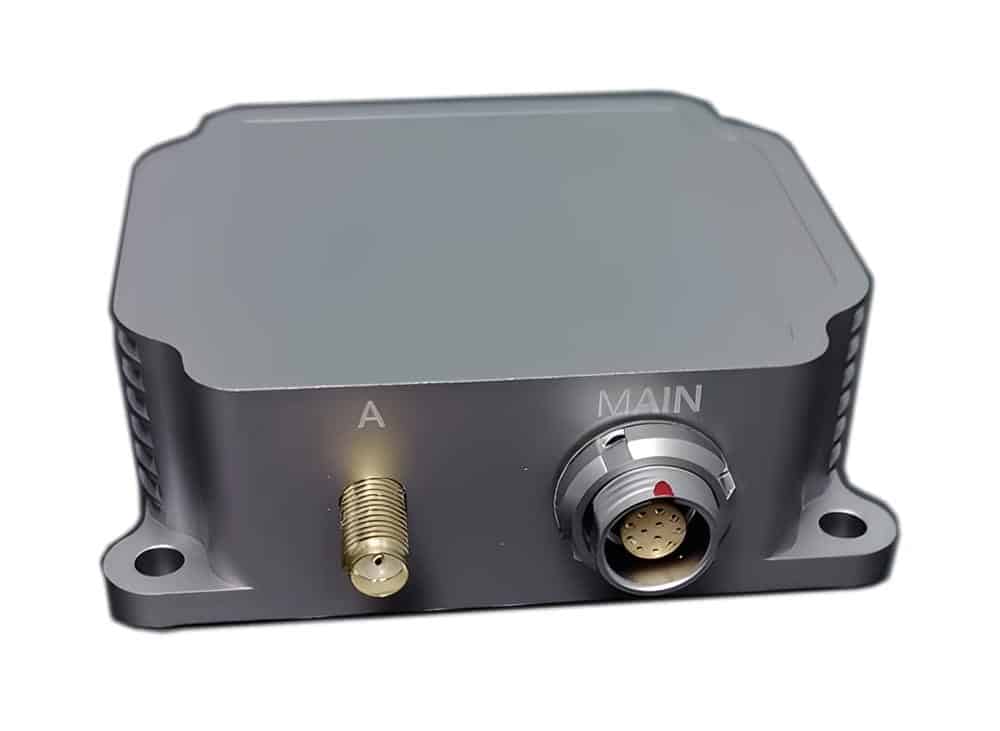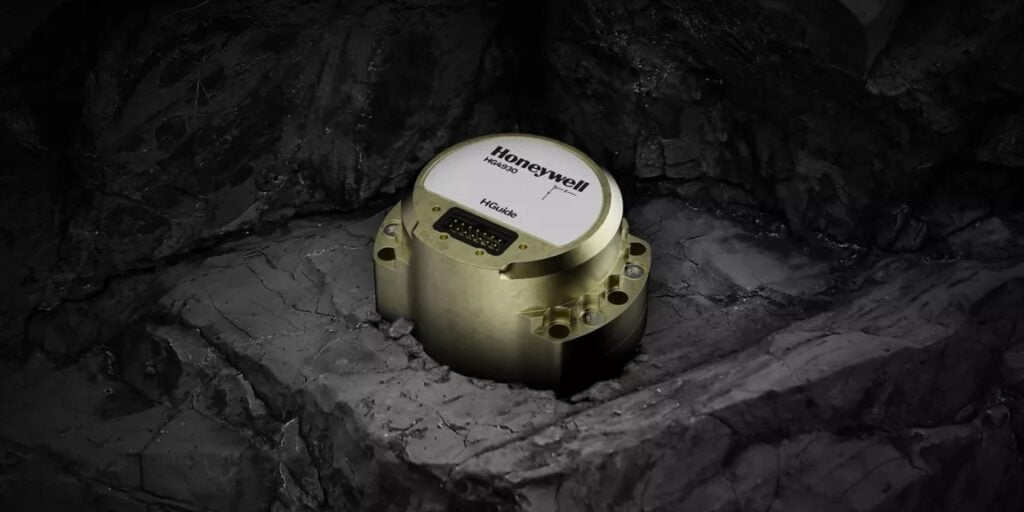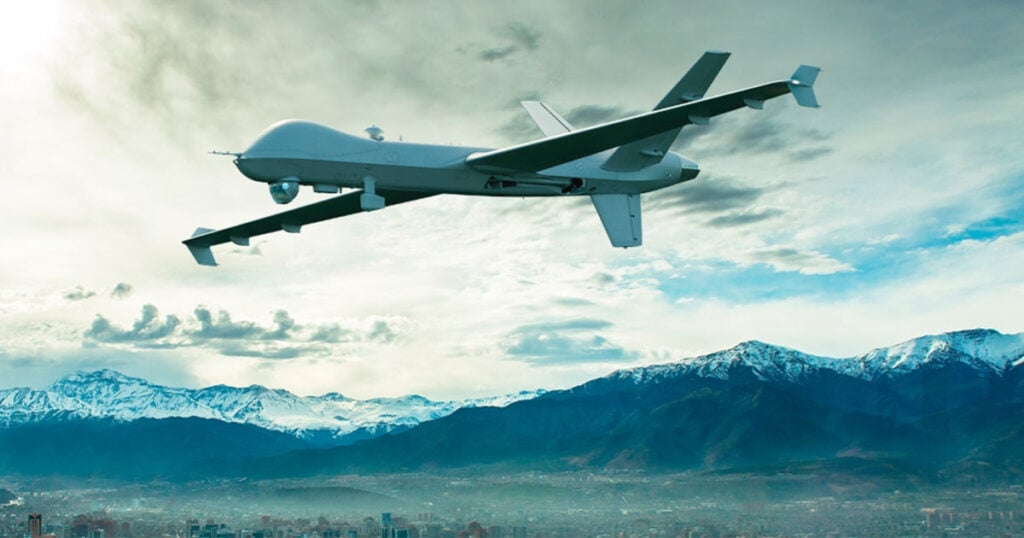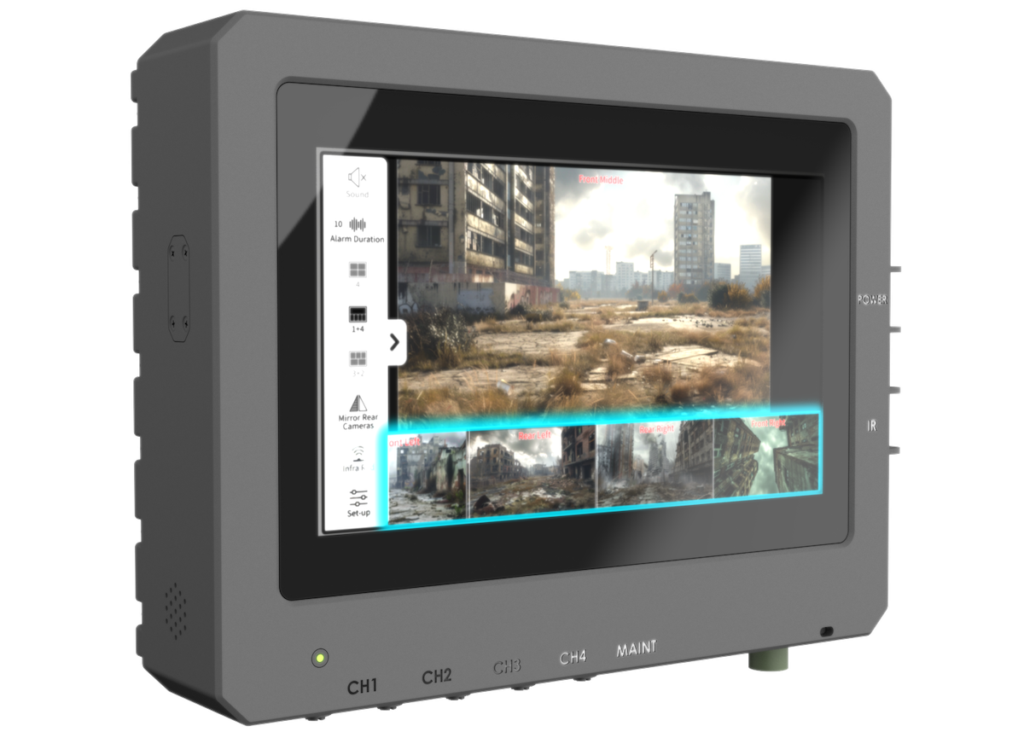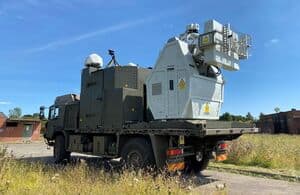
Discover Leading Defense Technology Solutions
Discover cutting-edge solutions from leading global suppliers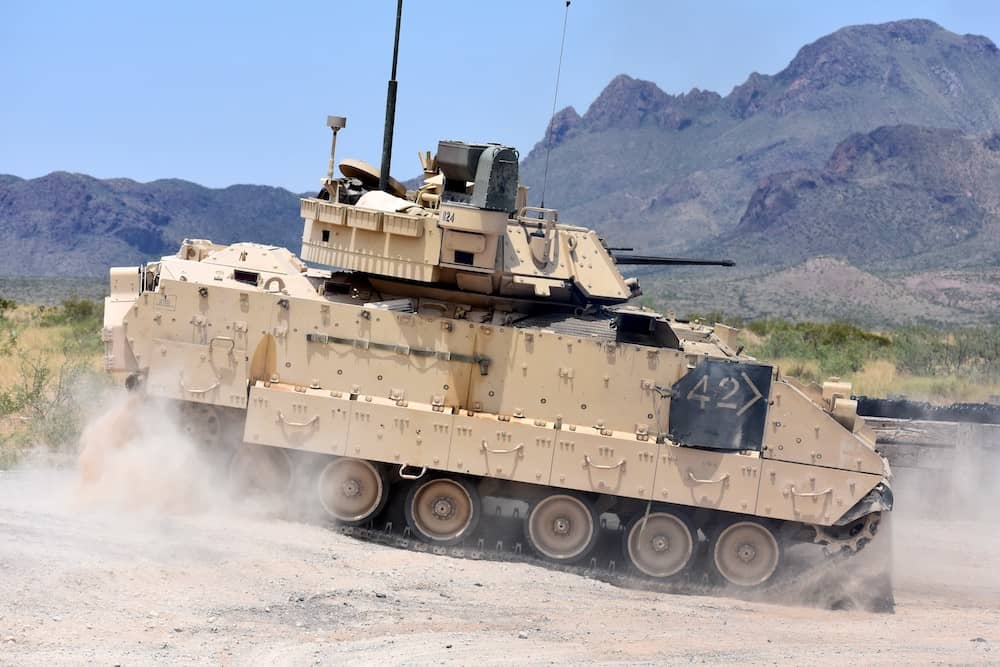
U.S. Army researchers have been contributing to the development of lighter armored vehicles for soldiers with new computational and theoretical models. This research aims to improve understanding of strengthening mechanisms in metal alloys in order to develop lighter armored vehicles.
Army researcher Dr. Benjamin Szajewski has said that in engineering alloys, microscopic defects created in the alloying process contribute to material strength: “Dislocation-obstacle interactions are an effective strengthening mechanism in metallic alloys. Due to this desirable characteristic, dislocation-obstacle interactions have been a focal point of study for decades.”
In this research effort, Szajewski and his team have pursued an enhanced quantitative understanding of relationships between physical features of obstacles (e.g., size, shape, elastic mismatch) and strengthening within metallic alloy systems.
The scope of this research has included computer simulations and theoretical modeling efforts. The computer simulations have been conducted using a multiscale simulation methodology, much of which has been developed at the U.S. Army Combat Capabilities Development Command (DEVCOM) Army Research Laboratory. The theoretical modeling efforts are built upon the researchers’ understanding of mechanics and statistics of materials.
“The outcome of these efforts is an improved understanding of strengthening mechanisms in metal alloys,” Szajewski said. “The main results relate alloy strength to collective interactions between microscopic crystalline defects known as dislocations and additional obstacle-type defects. The physical modeling conducted in these works does not rely on fitting parameters and moreover is based on an understanding of the underlying physical process. In addition, the developed physical models unify many of the results presented in earlier works found in the literature.”
As part of the research, the team derived a physical model that predicts material failure. The model is novel in that it relates microscopic obstacle features such as size and shape to macroscopic material performance. Modeling efforts by the team do not include fitting parameters but do provide unity among earlier, similar research efforts.
Moving forward, efforts are being invested into additional simulations and theoretical statistical modeling of the influence of random spatial distributions of obstacles on material strength.
Szajewski said, “Since metallic alloys have a long–standing role in numerous engineering applications, including armor, improving our understanding of material strength may lead to improved metallic alloy development for various soldier and vehicle applications.”










